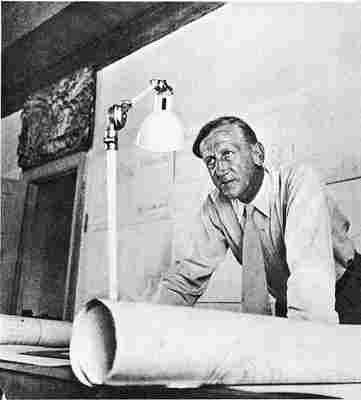In the history of Danish modernism, the Faaborg chair holds a special place. Designed by Kaare Klint for the Faaborg Museum, which opened in 1915, it was one of the first pieces of Danish furniture that expressed a new design language focused on simple form and rigorous function while stripping away superfluous ornamentation. “It’s Denmark’s first modern design classic, and became the starting point for the modern Danish design tradition,” says David Rosenkvist, CEO of Rud. Rasmussen , which still produces the chair today.

Klint was only 26 years old when he designed the chair, almost two decades before he produced his iconic Safari chair. He would go on to be widely credited as the father of Danish modernism, after helping to establish the department of furniture design at the Royal Danish Academy of Fine Arts in the 1920s.
To celebrate the Faaborg chair’s 100th anniversary, Rud. Rasmussen wanted to do something special. Noting that the original 18 chairs designed for the museum were made from oak burl wood, a distinctive material no longer used in contemporary versions of the chair, the manufacturer decided to make a limited edition of ten chairs in elm burl wood. Of course, no ordinary elm burl would do—the wood came from a tree that stood on Rud. Rasmussen’s property for a century before being felled 25 years ago and stored in the basement awaiting a special project.

“It was the elm tree that had been growing in the courtyard of the workshop, overseeing generations of designers and craftsmen,” says Rosenkvist. The company is also producing a numbered anniversary edition of 100 chairs in oiled walnut.
*Available in the U.S. through Furniture from Scandinavia by Annette Rachlin and Suite NY .
* *

Leave a Reply